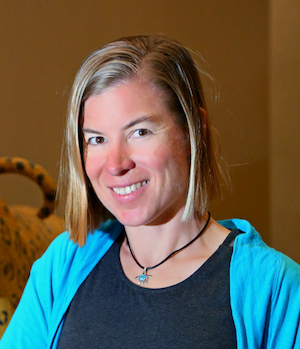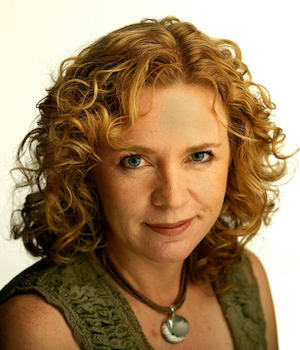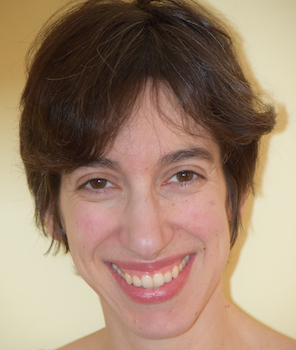Putting Character into Science—the Power of Profiles
A4) Putting Character into Science—the Power of Profiles
What makes a good science profile, and when is it the right or wrong way to approach a story? We all know that one seemingly easy way to help a reader grasp complex science, or at least be motivated enough to wade through it, is to personalize research by telling the story of those doing it. But profiles of scientists also can be a tricky format for a journalist. After all, science is typically not a one-person endeavor, and many of us have more experience trying to understand research papers than capturing emotional turning points or colorful details of fieldwork.
Profiles of scientists are also challenging in our increasingly rushed work environment. A person’s life is not a peer reviewed paper, so these stories require extra reporting time. And some profile subjects are uncooperative or even deceptive. So how can a writer make an individual narrative come alive, while going beyond the cliché of the lone scientist as hero or odd genius? Are there tricks to maintaining neutrality when you are spending time with a smart, charismatic researcher or a nasty egomaniac? And do readers really care if the scientist is gay, has curly blond hair, always wears cargo shorts or has twins? In other words, how do you select the personal information that advances the scientific story and leave out the irrelevant or trivial? This last issue struck home in science journalism in 2013 when Christie Aschwanden, inspired by a blog from veteran science writer Anne Finkbeiner, put forth “rules” for writing profiles of female scientists—such as avoiding noting her husband’s job or her childcare arrangements.
This experienced panel of science writers will discuss the rules of profiling scientists and much more on profile writing and share their struggles and successes with these potentially controversial stories.





